Companion planting is part of what is often called the permaculture method, which is a growing method where the use of natural resources are utilised to increase the sustainability of plants. Basically, companion planting consists of growing different plants in the same space to increase both their quality and productivity.
The goal, of course, is to get a better and cleaner end product through the improvements in pest control, nutrient supply and harvesting.
Growing cannabis, unlike other crops, may also require certain measures that other crops don’t, such as a degree of secrecy. For growers lucky enough to be able to legally use outdoor spaces, there are several options that can help protect their cannabis plants.
The benefits of companion plants for cannabis
With a good range of companion plants around a crop, growers can look forward to far less bugs damaging their plants. This will enable plants to grow faster, facilitate more plentiful harvests and produce superior quality crops. There is no downside: the cost is minimal but the benefits can be really quite significant. In the very best cases, outside growers can produce cannabis plants in environments, which would otherwise be too unsuitable or difficult for growing great quality marijuana.
Many common plants and herbs are fantastic options for growing alongside outdoor marijuana seeds. They have the benefit of being inexpensive, easy to order online as seeds, and will grow quickly without much extra work required. Some will also be useful as a so-called cover crop. These will form a mat-like covering over the ground, assisting with sealing in moisture and enhancing the soil’s health, texture and hydration levels. Regardless of whether the seeds are auto flowering or feminised, they will all benefit from having companion plants and the useful insects, pollinators and pest-predators that they attract.
How to plant companion plants for marijuana
For those who have not yet considered companion planting for cannabis, then it truly is worthy of serious consideration. Far from being a pseudo-science, the concepts of companion plants are well developed and produce measurable improvements. Any cannabis grower that has seen their precious plants destroyed by aphids, bugs, caterpillars and so forth will know the value of a couple of companion plants nearby to ensure that harmful pests don't have easy access to their harvest.
How close should companion plants be to cannabis plants
A cover-crop is simply that: a layer of living mulch that can safely grow around the base of the cannabis plants, trapping in moisture and preventing bugs from affecting the crop. Other non-cover plants that bring in helpful bugs can then be planted on the ground between the cannabis plants, as even further insurance to hinder pests.
Nitrogen-fixing companion plants are invaluable, as they form a mutually beneficial and symbiotic relationship with the bacteria within the soil. These microorganisms serve as a microbial inoculant, positively infecting the host plant's root system and causing it to form nodules where the bacteria can thrive. Such plants are ideal to be planted between cannabis plants.
Periodically cutting back companion plants is essential. Obviously, it is the cannabis seeds and the plants they produce that are the primary focus. Your companion plants are there just to stabilise the ecological chances in favour of your marijuana plants rather than the bugs, which wish to feast on them.
Which companion plants shouldn't be grown together?
Not all companion plants grow well when planted in the immediate vicinity of each other.
Here is a table showing which plants to avoid placing in close proximity to one another.
| Beneficial | Not suitable with |
| Yarrow | Allium family ( onion, garlic, chives…), Rue |
| Peppermint | Lavender, Dill, Coriander |
| Cerastium | Angelica, Fennel |
| Lavender | Thyme, Rue |
| Dill | Cilantro or Coriander |
| Coriander | Dill |
| Sweet basil | Thyme, Rue |
| Sunflower | Pole beans |
It is important to note, that this does not mean that it is not possible to have them together in the same space at all… So, for instance, one could have dill and coriander in the same growing area, it would just be important they should not be side by side, rather in different places and, preferably, planted at least a couple of metres away from each other.
In conclusion
Companion planting is a hugely popular and time-honoured technique within the cannabis, and indeed crop-growing and gardening world, in general. An all-natural and highly effective way of improving cannabis plant health in so many ways, whether improving soil quality, preventing pests, or just by keeping the moisture locked in, these plants will aid exponentially in the process of successful cannabis growth.
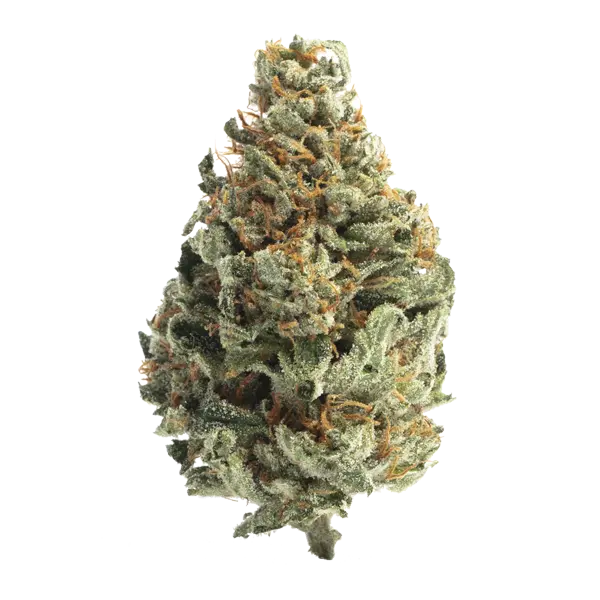



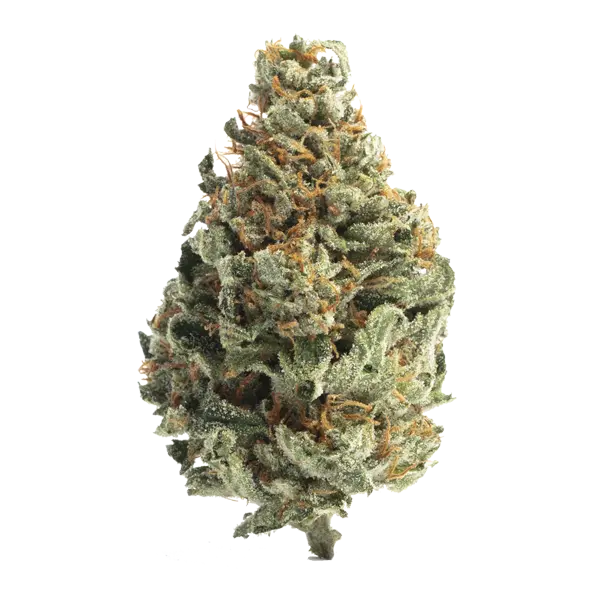
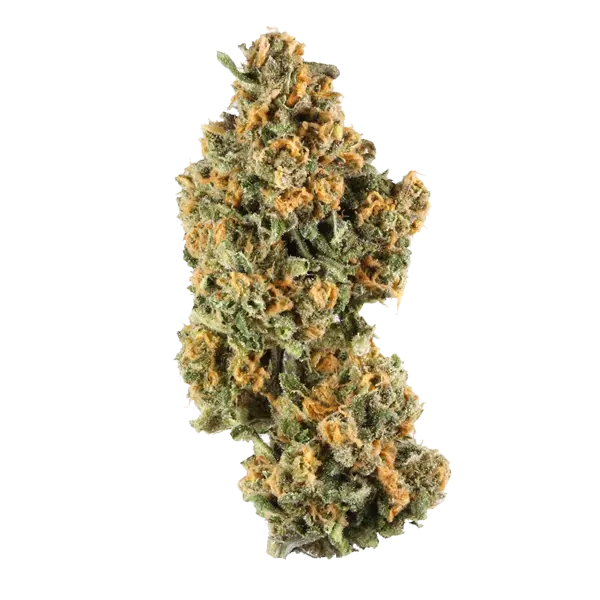

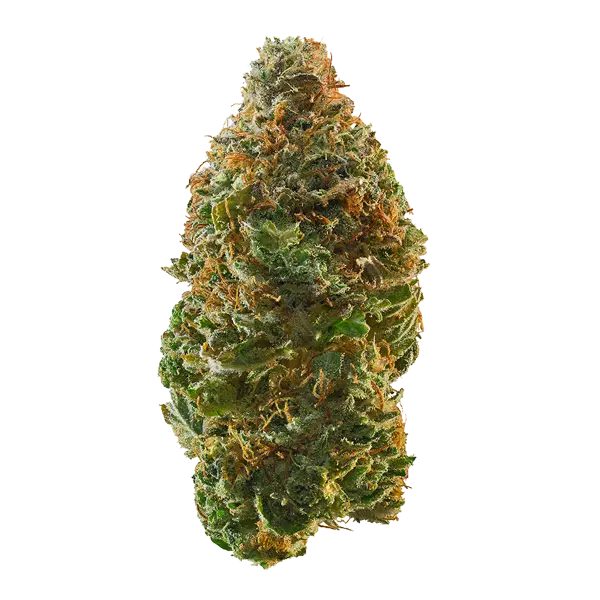

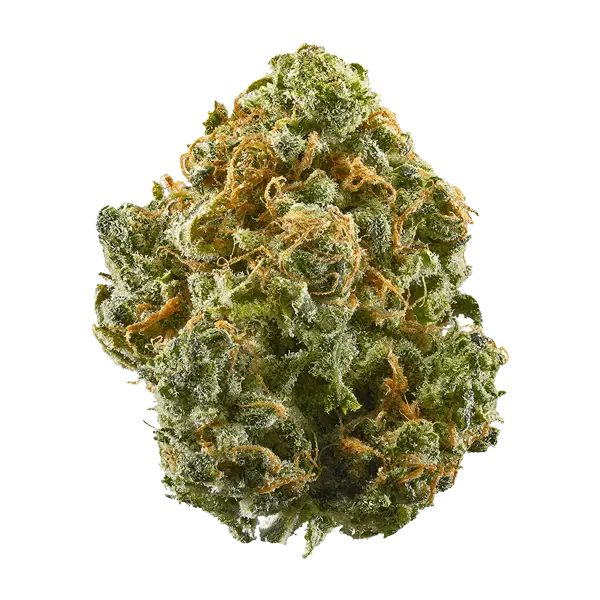

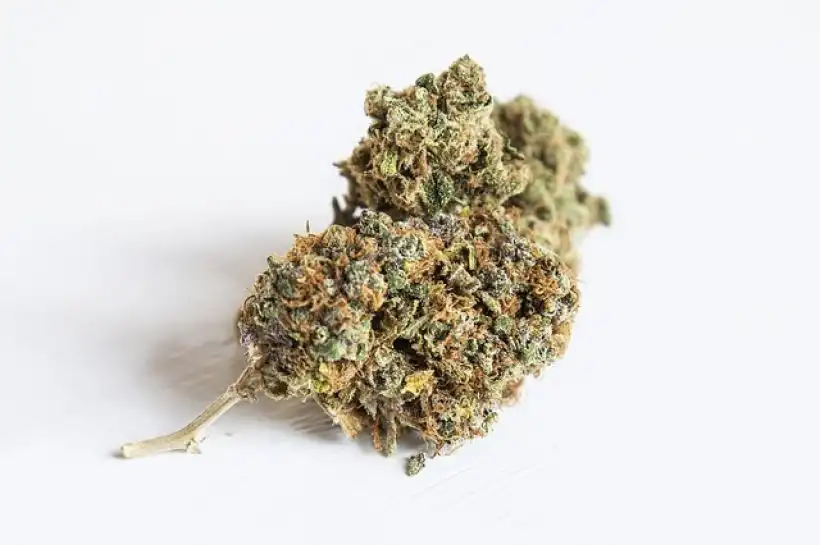





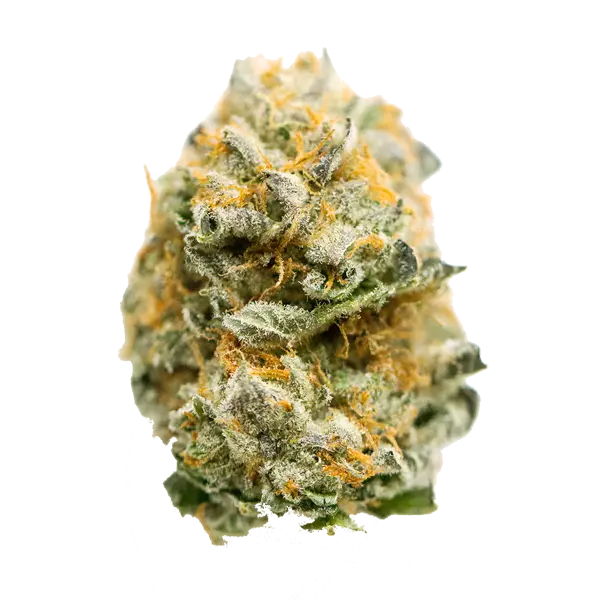
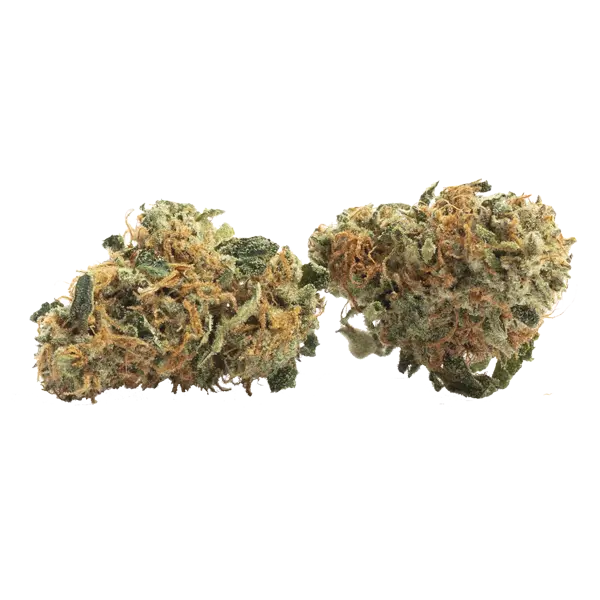












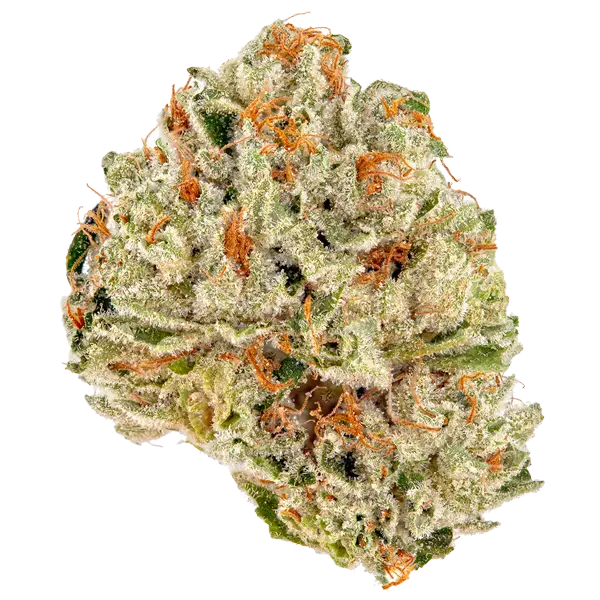

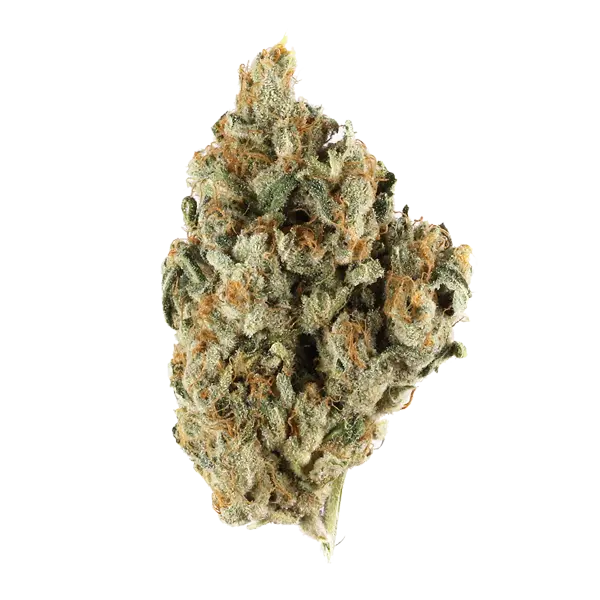

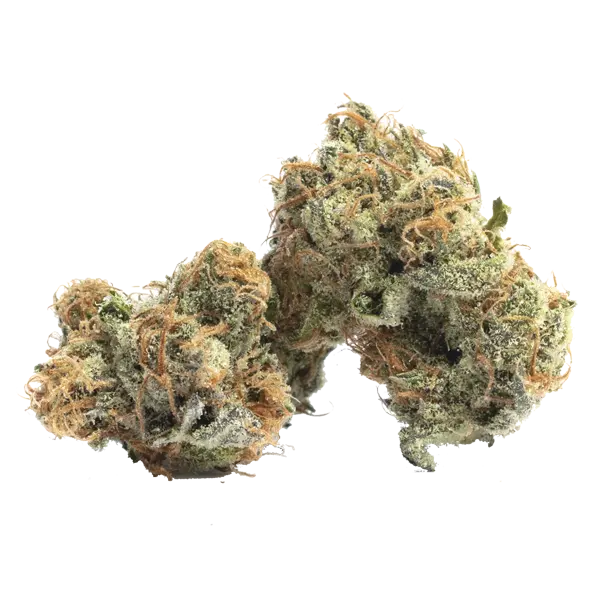


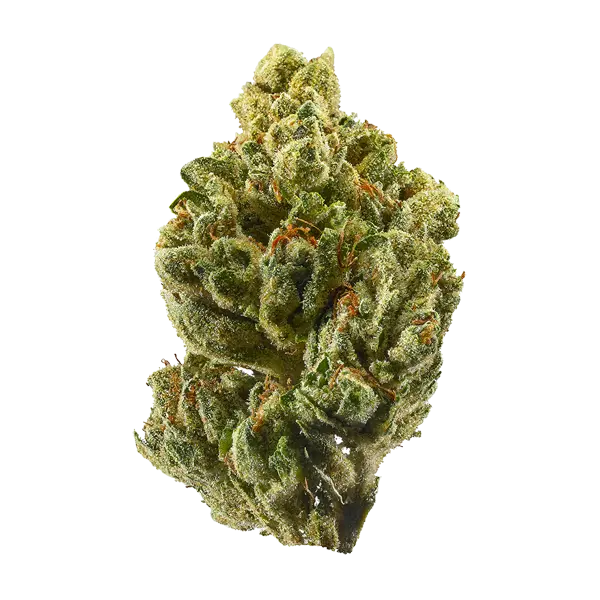
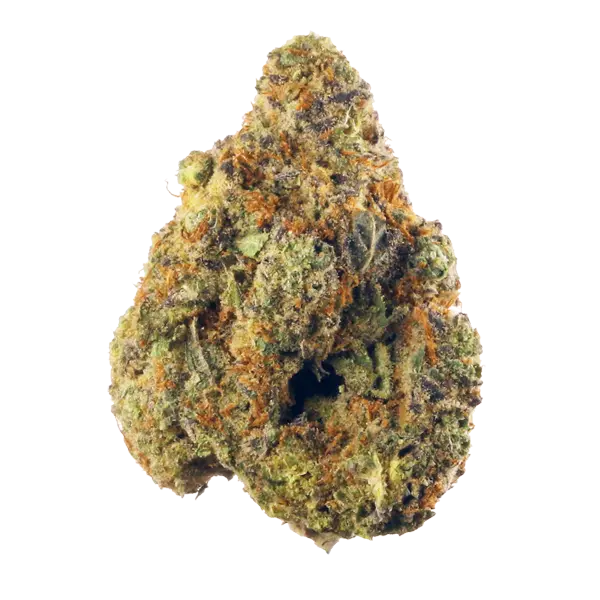
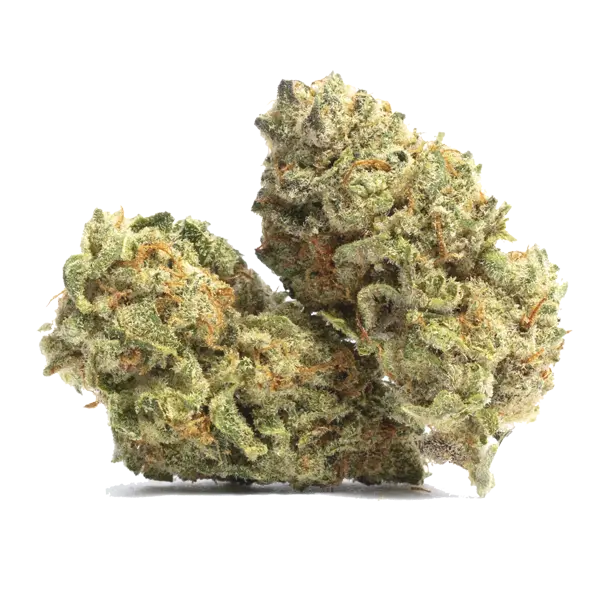


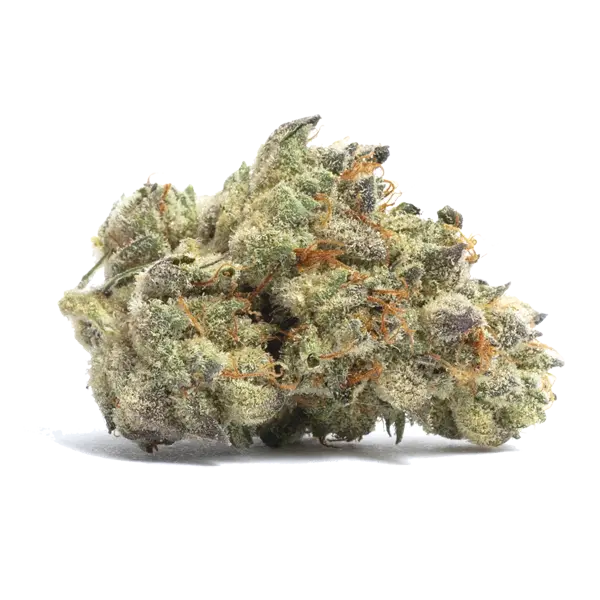
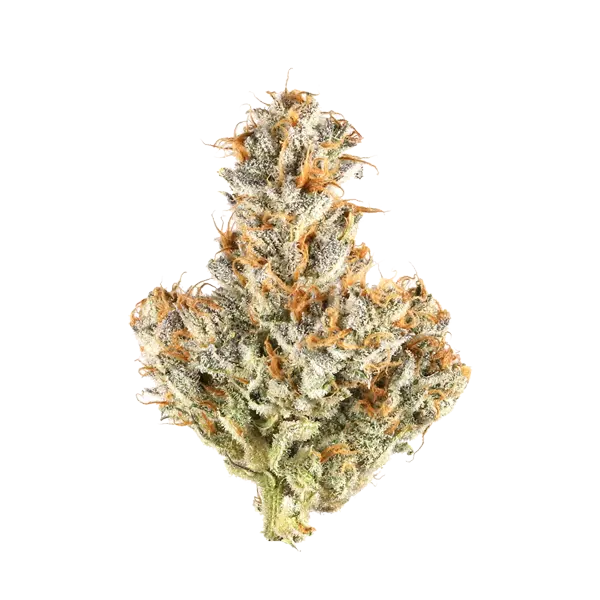
















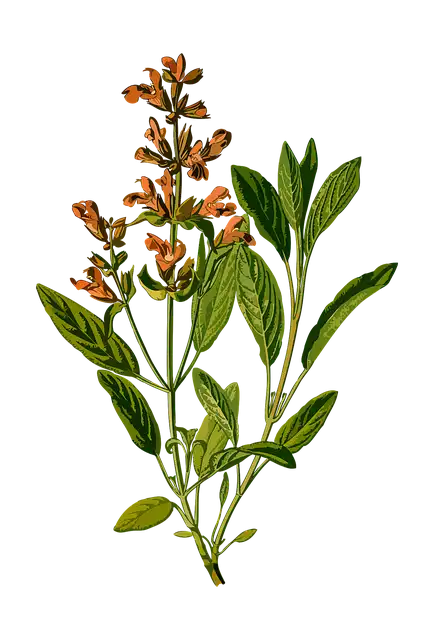

 Cannabis: An Overview of Its Evolution
Cannabis: An Overview of Its Evolution Medical Cannabis as a Possible Treatment for Endometriosis
Medical Cannabis as a Possible Treatment for Endometriosis








